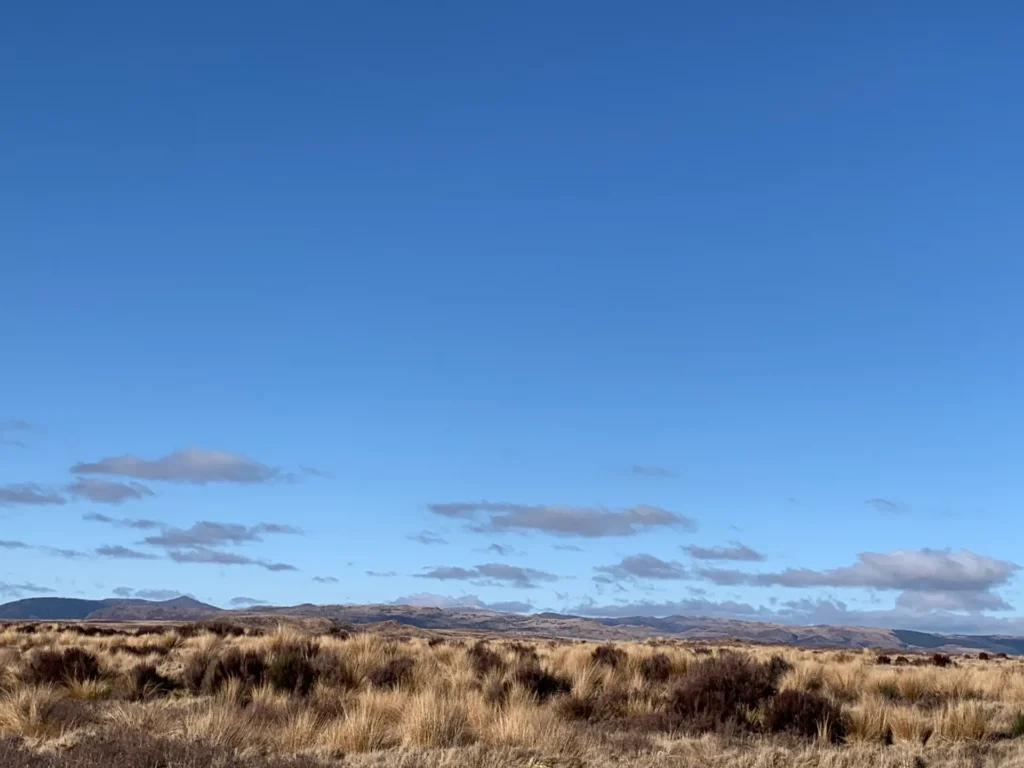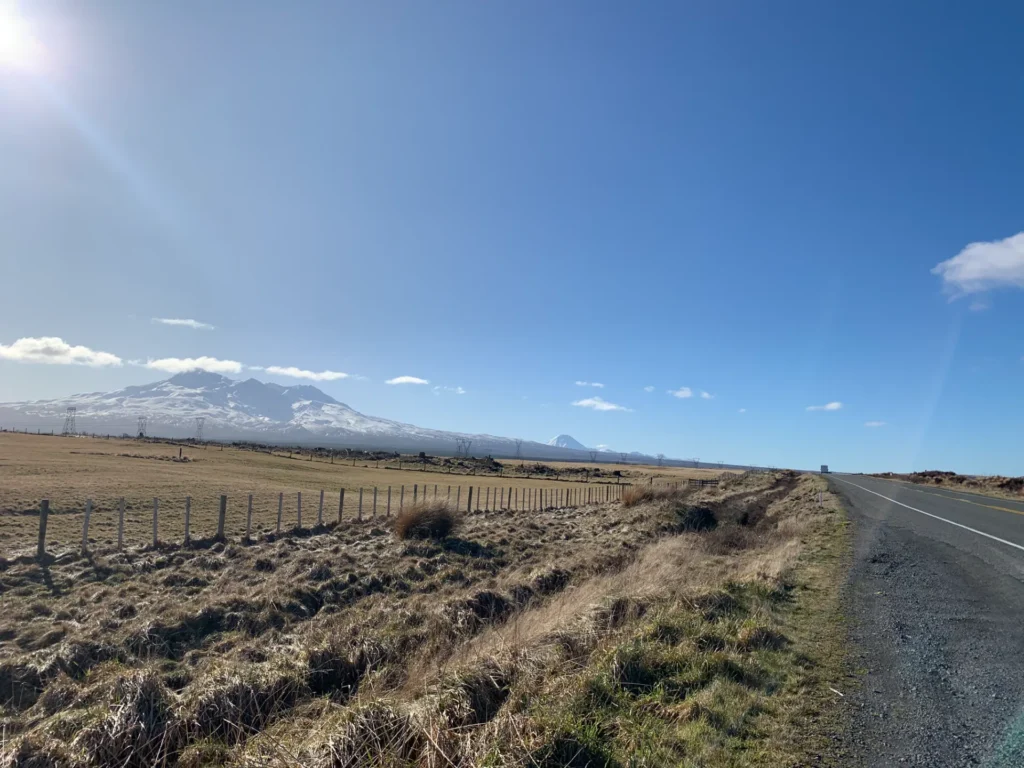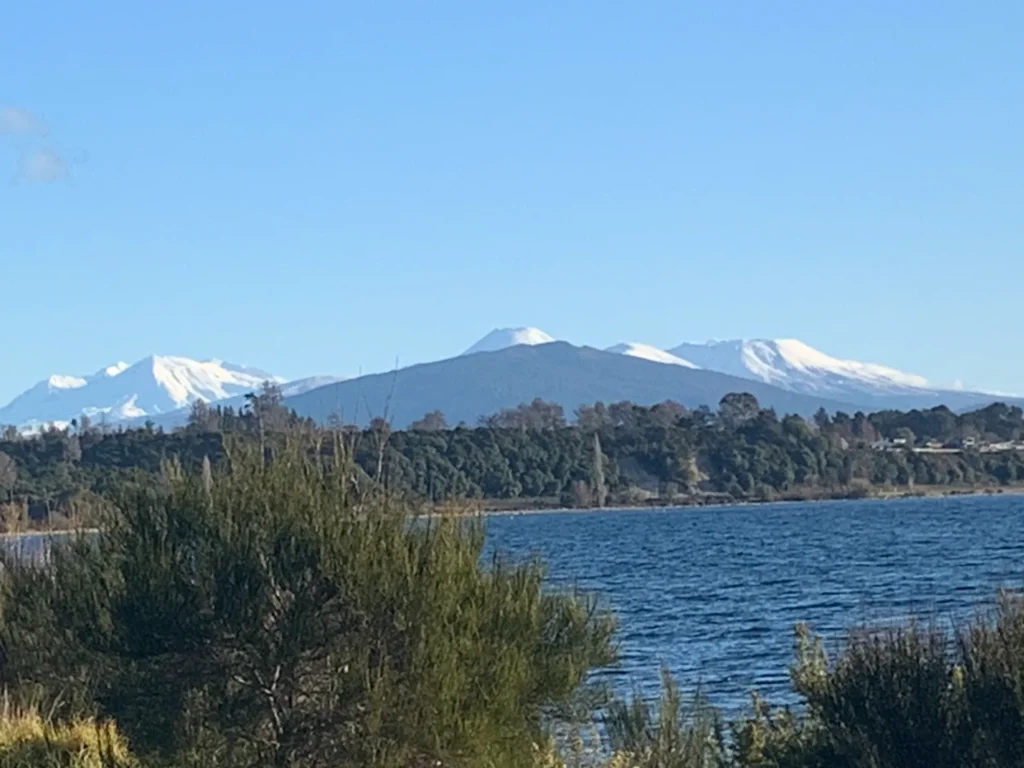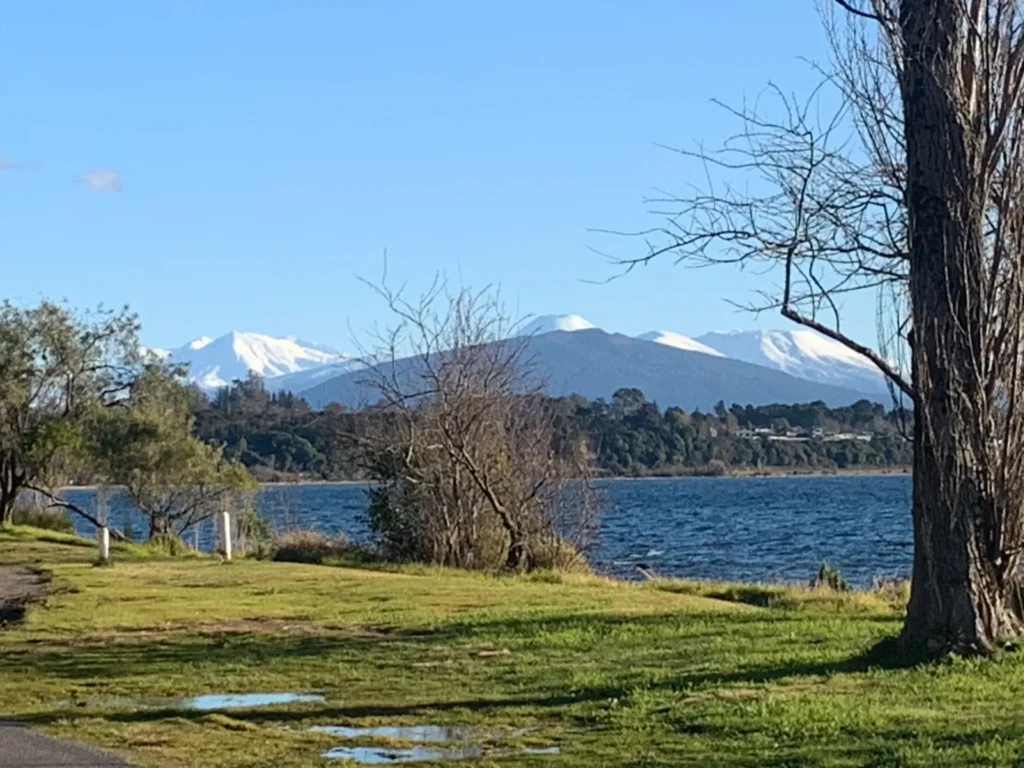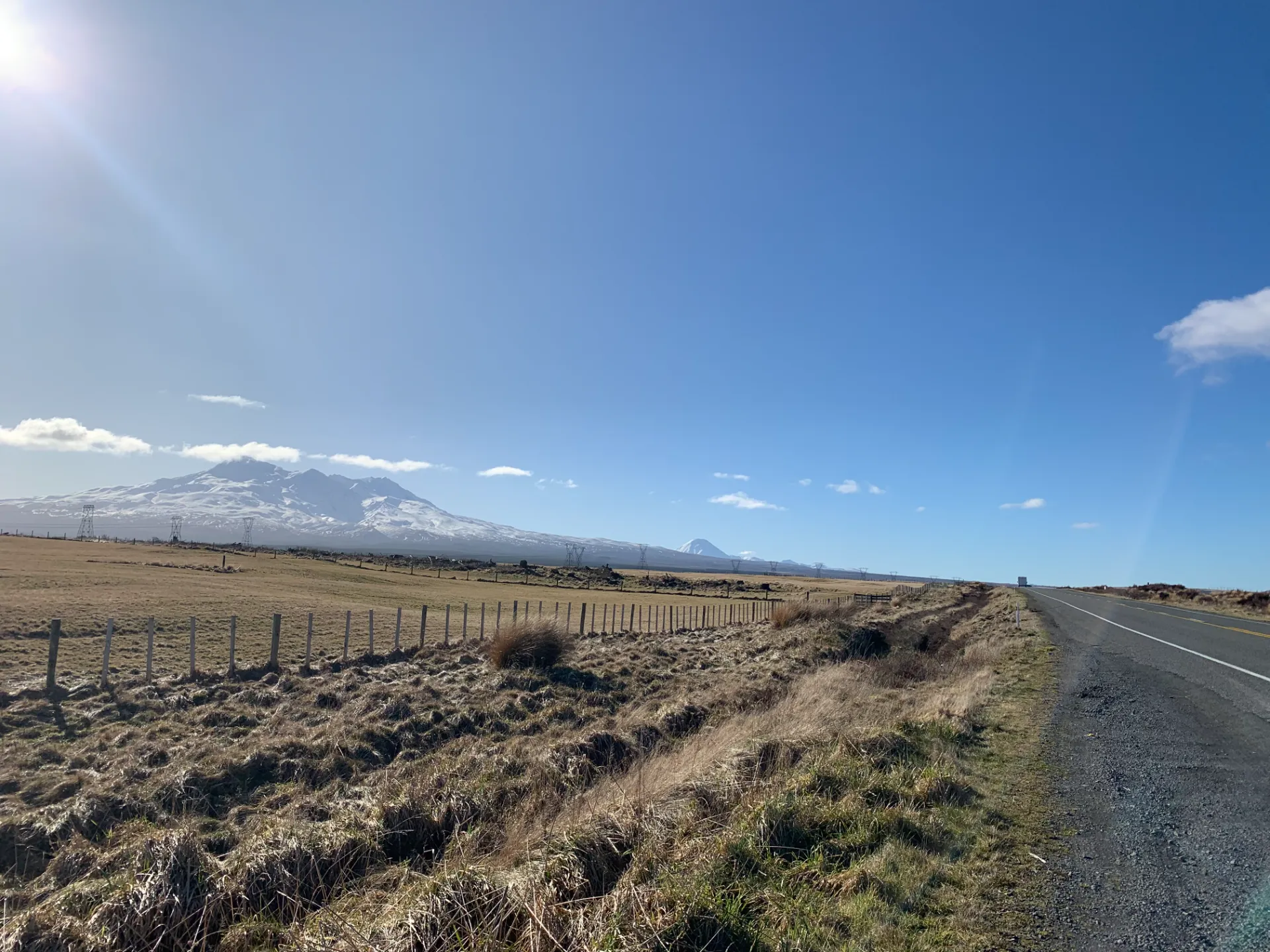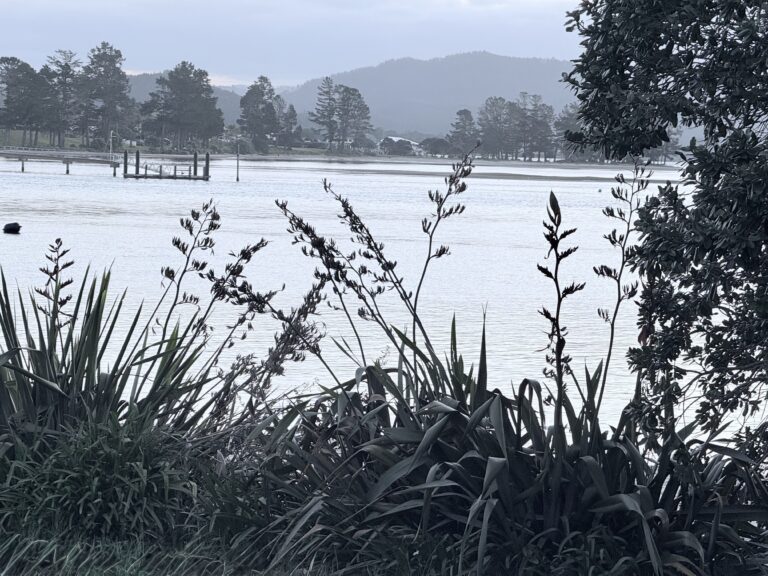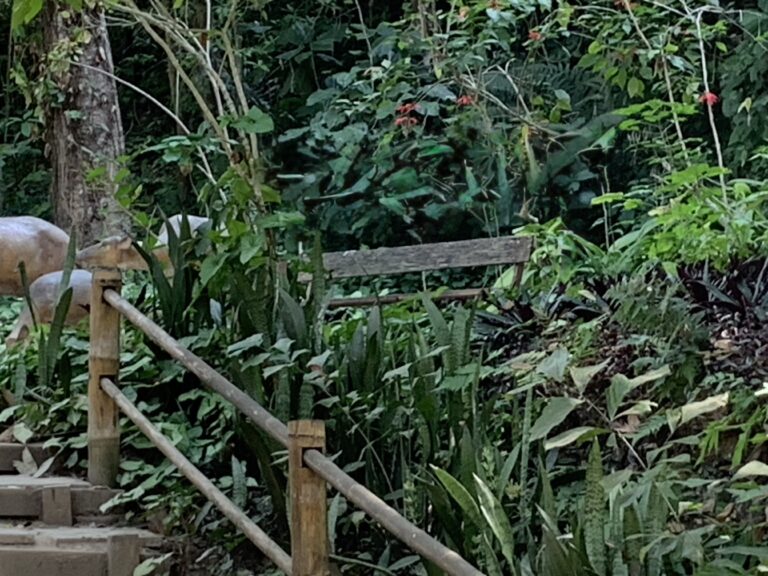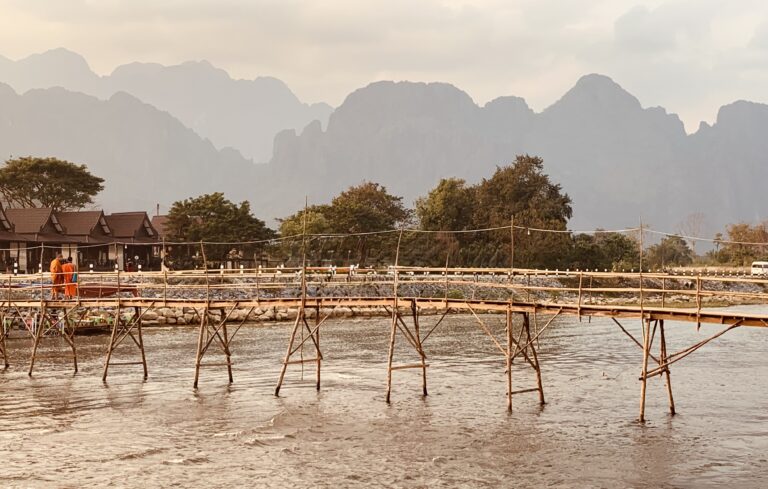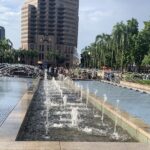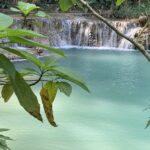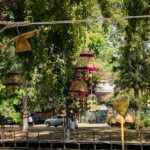During the winter of 2022 I was flying solo for 6 weeks. My partner had realised his dream and was on his trip of a lifetime playing golf in Ireland and Scotland with a couple of buddies.
I have always wanted to do a solo road trip. So, I grabbed the chance to go while I had the opportunity
It was to be a trip down memory lane. I was visiting friends on the way and a cousin in Wellington, long overdue, and reminiscing about my childhood adventures living in The Central Plateau.
Heading off down State Highway 1 in my beloved car was thrilling – I was free. Fortunately, the weather was beautiful, such a treat during an Aotearoa New Zealand winter. So, the seasonal scenery of stark colours softened by copper reeds and golden grasses along the roadsides encouraged my desire to stop often.
No road trip down State Highway 1 of the North Island is complete without a stop on the shores of Lake Taupo. Smack bang in the middle of the North Island this is the biggest freshwater lake in Aotearoa New Zealand. You can bypass Taupo these days, but I think the township is worth a pause for a coffee and something to eat taking time to enjoy and absorb the beautiful scenery. Check out www.lovetaupo.com for further attractions.
I always park up on the Southern side of the Lake too. There are a multitude of charming little roadside spots to take in the views and little beaches on the lake. On a really fine day take a while with a rug and maybe a thermos of hot beverage to sit on a beach and enjoy the ambiance, the bird life, and the lapping little waves of the lake. There are also plenty of pretty little houses and cottages to pique curiosity for future holiday accommodation.
The views between Taupo and Turangi are glorious. Even while driving the winding, narrow road around the cliffs that overlook the lake, you get peeps of the 3 mountains, the lake, and the stark beauty of the western shores and hills across the water.
The 3 mountains, Ruapehu, Ngauruhoe, and Tongariro sit perfectly upon the landscape like 3 grand old ladies with their white snowcapped heads. Their graceful contours and slopes fold and wrap the landscape like cloaks. All three mountains are active volcanoes but, in the meantime, provide a beautiful backdrop and various snow sport opportunities -(Ruapehu) – for the multitudes of tourists visiting the desert-like Central Plateau every year.
I drive through the Desert Road after a night’s stay with a friend in Turangi. Turangi is a town that was purpose-built for the construction of the Tongariro hydro-electric power station in the 1950s and 60s, but remains as a perfect halfway stop, before hitting the stark, unforgiving, but beautiful drives either to the south via the Desert Road, (where I was heading), or West to traverse the Tongariro National Park.
Turangi is also renowned these days as an outdoor pursuit mecca, of the cycling tramping, and flyfishing kind.
Entering the Desert Road, named after its famous landscape, (Rangipo Desert), is to me, like entering another world. On a good day, with the sun shining and very little wind, as I recently experienced, it is startlingly beautiful. The road is long and needs to be driven with caution but is safe as long as you drive to the conditions. It is also a main route for lots of freight and other long-haul transport.
The breadth and sweeping geography are sublime. It is a desert environment. Harsh, beautiful, and dangerous. The road is regularly closed during winter due to snowstorms. Often cold and windy, but never dull.
Look for the permanently weathered brown tussocks, low-lying, tough gnarly snow bushes, (which could be described as a type of rooted tumbleweed), the volcanic rocks lying strewn on the ash and pumice-rich earth, the walls and banks of contoured soil and rock, the small streams, and let’s not forget the unmissable and breathtaking view of the majestic 3 (mountains), framing the far stretching vista of the desert. I was lucky enough to view all three mountains resplendent in pure icing sugar white snow reaching to the ground. The snow was blindingly bright and glistened in the sun. The other colours and topography of the desert stood out in stark relief against this backdrop. It was such an awe-inspiring and humbling sight I was compelled to pull over and take pictures of these gorgeous geographic wonders of this country.
With pictures taken and a sense of regret having to leave, onward I drove, eventually reaching the signpost indicating the end of the Desert Road. This signpost was to the tiny military town of Waiouru. Once a thriving little community of families with, (mostly), Dads serving in the New Zealand Army, living smack bang in the middle of the Rangipo Desert. Waiouru is where I spent some of my early childhood years. It is now a much smaller community with fewer families but still serves as a major training base for the New Zealand Army.
For those interested in all things military there is, as you leave the Desert Road, at the southern end of Waiouru, The National Army Museum a well-regarded attraction, dedicated to all things army. With plenty of parking to pull into, it’s a good place to stop and check out the displays and exhibits while maybe treating yourself, the weary traveller, to a café meal before journeying on.
This time, however, I don’t stop but leave the boundaries of the magnificent Central Plateau, and Desert Road to continue my road trip driving south to Wellington.
Now there’s another story.
Māori word translations;
- Aotearoa – “Land of the Long White Cloud”.
- Taupo – (is a shortened version of Taupo-Nui-a-Tia) and means the great cloak of Tia.
- Turangi – Taken from the Māori leader, Turangitukua
- Rangipo – Uranus.
- Ruapehu – exploding pit.
- Ngauruhoe – throwing hot stones.
- Tongariro – south wind (tonga) carried away (riro).
- Waiouru – River of the West.
®Mytravelroom tips:
- Allow yourself plenty of time. Drive fresh.
- Take lots of photos.
